Have you ever googled some awkward acronym or notion? We decided to got you covered in the project management glossary and collected the essential terms and definitions.
Project management serves as a suite of essential skills for multiple careers in different industries. It includes the knowledge and understanding of numerous aspects for successful implementing and reaching the project objective.
Among the major tasks of project management, you find such as:
- Outline the reason why a project is crucial
- Determine the project requirements and the standard of deliverables
- Allocate resources and set the timescales
- Control risks, issues, and changes in a project
- Manage project budget according to a plan
- Tune up communication with a project team and stakeholders
- Control the project closing timely
Of course, it is tough to cover all available notions, terms, definitions. But our basic project management language dictionary aims to describe essential product manager terms.
Why do you need to know them? Well, project management terminology helps understand the processes and run standardized project documentation. Consider this glossary of terms as product management jargon buster. So let’s go down to it.
Agile
A methodology widely applied for project and product management. Traditionally, Agile is an iterative software development delivery. That involves short work periods ( aka ‘sprints’) that last two weeks. Due to growing popularity, agile has transformed into a common business approach.
Backlog
A buildup of work that is planned or needs to be done. It refers to capturing requests regarding product modification and ensuring delivery with scope. The term is used in project management, accounting and finance too.
Baseline
Project managers use a baseline for measuring the project’s performance. The three baselines are the following: schedule, cost, and scope. The appropriate combination of those three is known as a complete performance measurement baseline.
Business plan (aka business case)
A formal document was created to define the project’s business goals and how to reach them. The business plan can also include background information regarding the company or team assigned to achieve the goals.
Change control
A process of systematic monitoring and approval or rejection of any change requests. This process controls the increase of project efficiency and cutting down on scope creep. That way, project managers control all changes and ensure that applied ones are made appropriately.
Cost overrun (aka budget overrun or cost increase)
The excess of the estimated cost in the project budget. Such situations are always unexpected and unwanted. Cost overrun initiates the search for resources to cover any unpredicted expenses.
Critical path method (CPM)
An algorithm is used to schedule project activities. It helps a project manager track the scope and control the tasks. Traditionally, CPM serves as the “critical” or shortest path through a project. Today, project management systems have CPM as a build-in option.
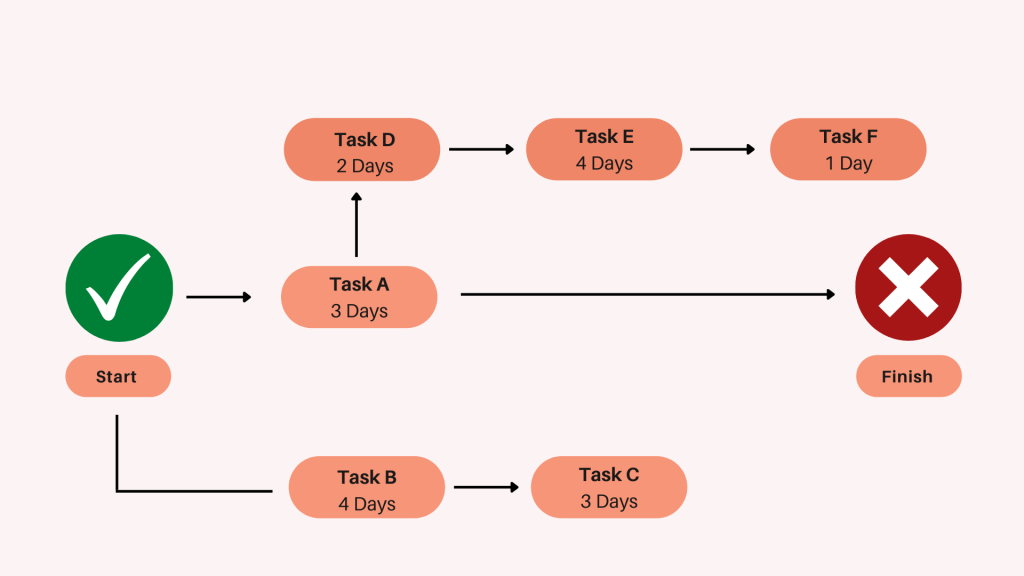
Dashboard
A graphical approach to show, organize, display, and share information collected from multiple resources. Modern project collaboration tools provide real-time dashboards that can be customized to any business needs.
Deliverable
Something that was contracted for delivering. Deliverable is a tangible item or intangible task that is essential for a successful project. In various cases, it can serve as a report, a document, a relevant building block. Ultimately, it can be the end product delivered by a project team.
Dependency
Tasks or other activities which are linked, related, or caused by each other on a project. Sometimes you cannot place one activity before another one is finished. It means these activities are linked within a project.
Estimation
An approach to making accurate budgets and timelines. There are different techniques to provide an efficient estimation process that help to get accurate predictions of cost, resources, and time.
Event chain diagram
A visual method of demonstrating the connection between events and tasks. The event chain diagram also shows how they influence each other.
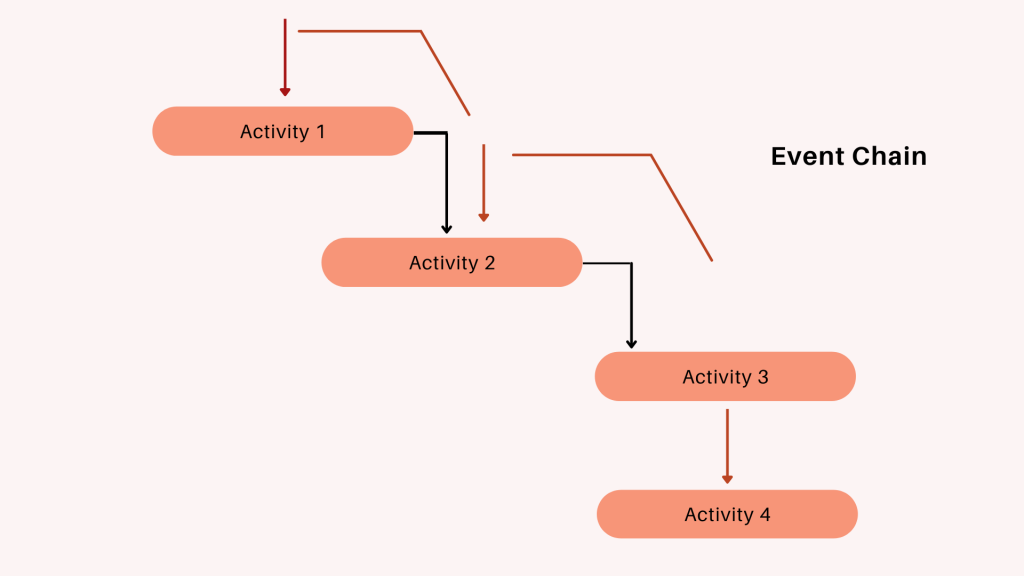
Gantt chart
The horizontal bar graph illustrates the project’s schedule from the beginning to the end. That is a visual demonstration of tasks duration and dependency. In most cases, project managers use Gantt charts for Waterfall project planning. Such projects are long-term ones and have multiple task dependencies. A Gantt chart is the basis of formal online project management tools.
Iterative and incremental development
A project development methodology consistently implemented in software and IT projects. Iterative and incremental development evolved as a response to the weak sides of a Waterfall model. This project development supports rapid deployment. It is usually applied in Agile and Lean projects to deal with end-user feedback.
Kanban
A scheduling system is used for lean and just-in-time (JIT) production. Taiichi Ohno, Toyota's industrial engineer, introduced the Kanban term. In Japanese, Kanban is a signboard or billboard. Project managers use it to control the logistical chain from a production standpoint. Trello uses the Kanban logic in the visualizing approach to tracking tasks for teams.
Kickoff meeting
The first meeting to begin a project formally. A kickoff meeting always includes stakeholders and a project team. The kickoff meeting usually includes discussing the entire vision of a project, its plan, processes, and expectations.
Lean startup
A method (or movement) is used to develop products that adopt a particular combination for shortening development cycles. This combination involves business-hypothesis-driven experimentation, iterative project releases, and validated learning.
Milestone
A specific point in a project’s life cycle. It bookmarks the progress of the ultimate goal. These signal points show what should be achieved to complete the project successfully. As a rule, milestones can be a project's start or end date, external reviews or input, budget checks, submission of a major deliverable, and the like.
Minimally viable product (MVP)
MVP is a notion of Lean Startup and refers to pre-launching the product or project scope. It focuses on validating a product idea at the early development stages. This product has enough features to test it on real users and get feedback for further improvements and features development.
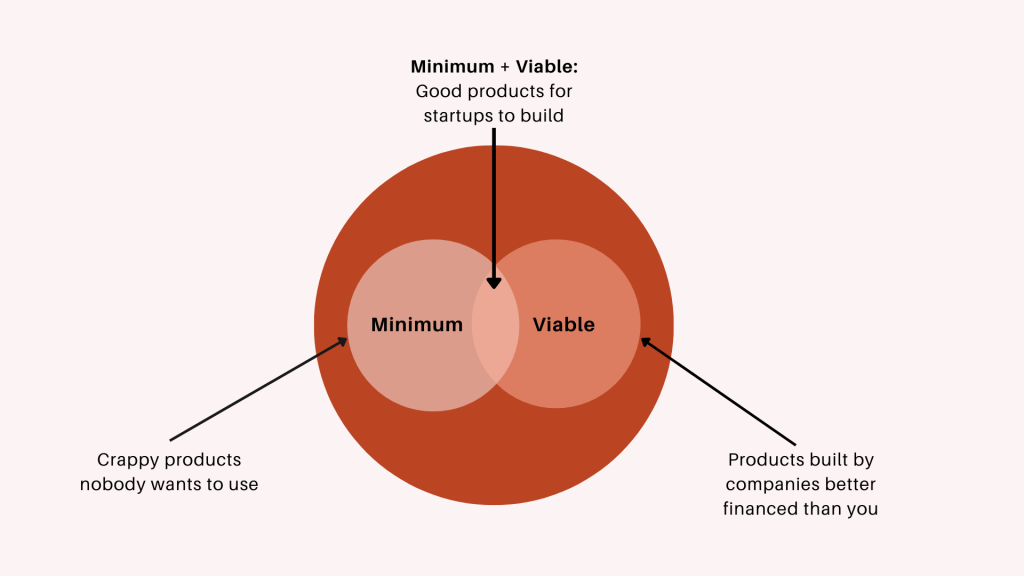
Network diagram
A flow chart or graph shows the sequence where the project’s terminal elements along with their dependencies. Project managers draw it from left to right since it reflects the project’s chronology.
Online project management software
A set of online project collaboration tools and features. Project managers use them for planning, monitoring, and reporting.
Product breakdown structure (PBS)
A detailed, hierarchical tree structure of elements that are arranged in relationship to the entire project.
Project management lifecycle
One of the essential definitions in any project management terms glossary. The project management lifecycle covers planning, analysis, design, implementation, and budget. Usually, it includes five phases: initiation, planning, execution, monitoring, and closure.

Project team
A group of people who are involved in the process of the project’s completion.
Quality assurance (QA)
Processes that focus on checking and testing the project efficiently to generate quality project deliverables. Their primary objective is to prevent defects in deliverables at every stage to avoid rework and reduce process expenses.
Quality control (QC)
The process used to ensure that products or services are aligned to defined objectives.
Resources
It covers people, hardware, software, a physical office required to fulfill a project. In other words, it includes everything that traditionally bills depending on an hourly basis.
Resources allocation
The act used to assign tasks to the available resources necessary for a project. Resources allocation always takes place within a defined budget.
Risk management
An approach to identifying, evaluating, and preventing or mitigating risks to a project can potentially impact the desired outcomes. Product managers are responsible for running the risk management process throughout the project duration.
Scope
A part of the project planning process that documents goals, deliverables, features, and budgets. The scope enlists the activities for the successful completion of the project. The scope ensuring projects meet defined objectives and deadlines.
Scrum
Scrum involves a small team led by a Scrum master to deliver software products as the Agile methodology. It has short cycles called sprints and daily stand ups to discuss current tasks and any roadblocks. Scrum master works on removing ant obstacles to get everything done.

Task
Corresponds to to-do items. Traditionally, it is one action necessary to accomplish an issue. In collaboration software, tasks serve as line items in a relevant project plan. They contain start and end dates project managers add to create a project schedule.
Triple constraint
A four-component group includes the time, scope, cost, and quality of the product. A triple constraint is represented as a triangle. While time, scope, cost are located at the corner side, quality is at the center. It means that project managers need to maintain the balance among all four elements.
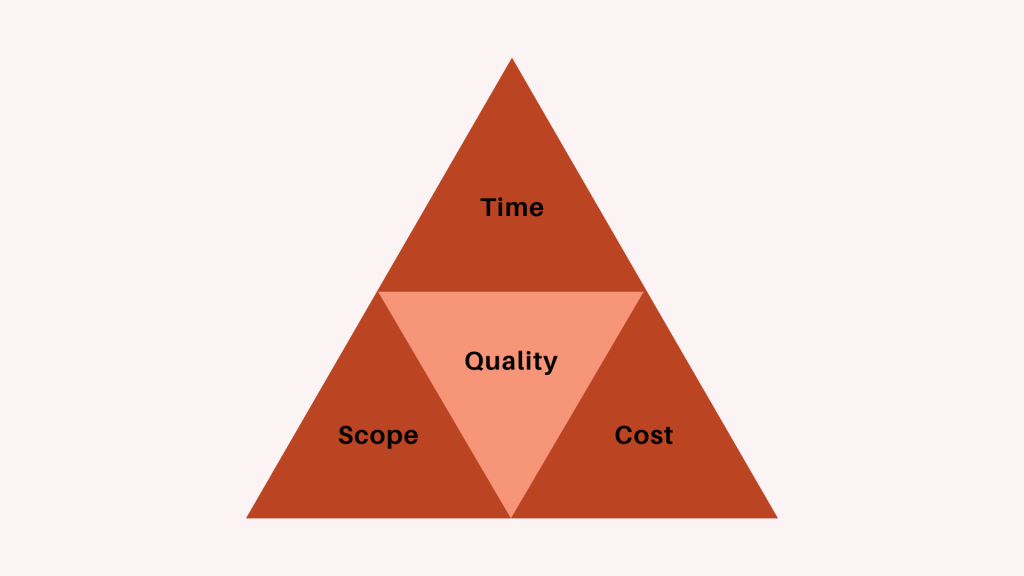
Waterfall
A project management approach where a project is completed in distinct stages. Each stage moves in a strict sequence to the final release. The plan is made upfront and then executed linearly without any changes.
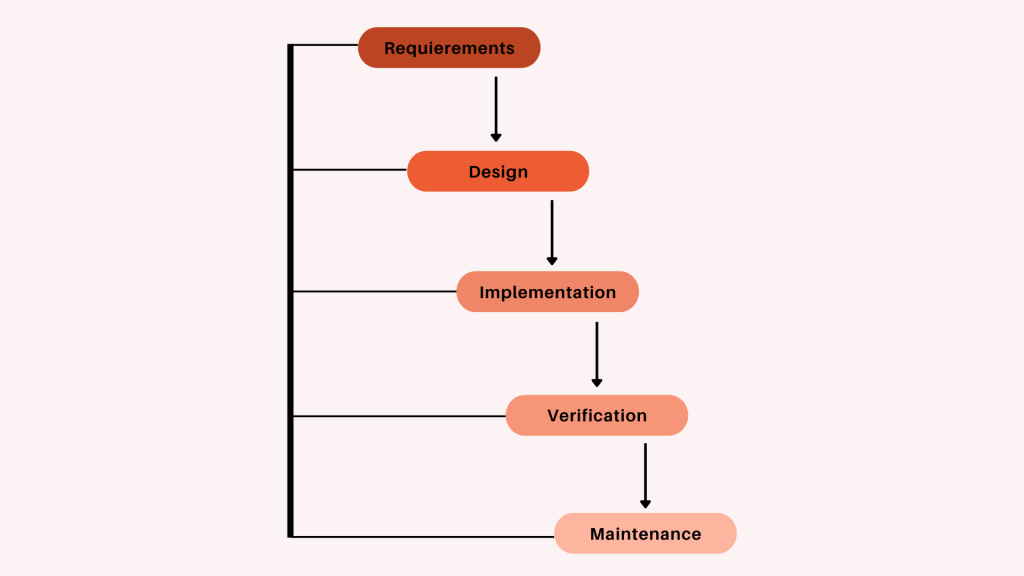
Work breakdown structure (WBS)
This notion is also among the most critical project management terminology and acronyms. A method for completing a complex, multi-step project that broke down into smaller chunks and displayed graphically. The team can do different tasks simultaneously that improves productivity and enhances project management.
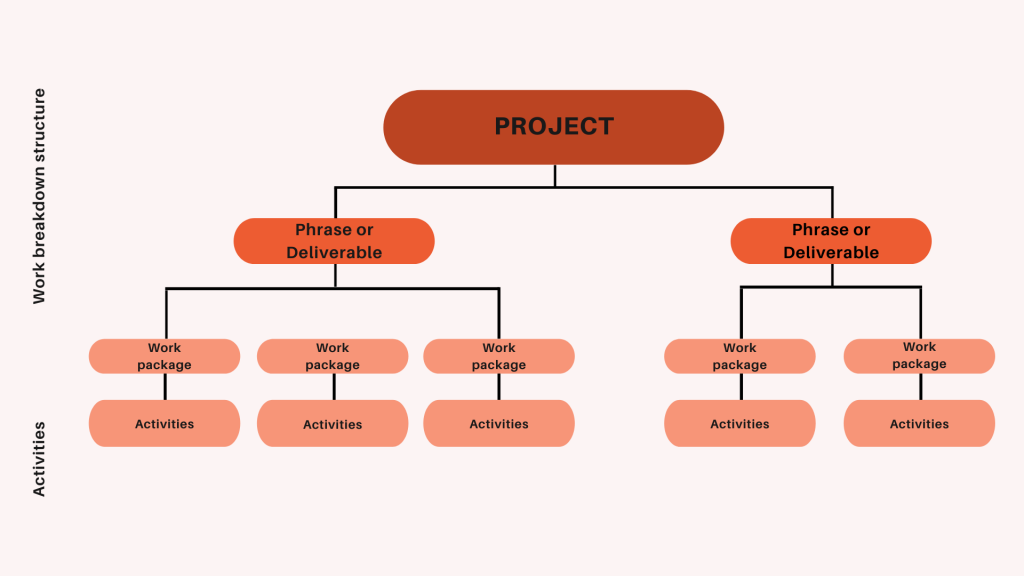
Bottom Line
To ensure the successful delivery of a project, you need to define its goal appropriately. It is essential to know and understand project management terms and definitions. Feel free to extend this project management dictionary with other points.
Find this post interesting? Share it on your social media or comment on the project management glossary terms that we’ve overlooked.
Have a data migration in mind?
Let's migrate PM data together!


